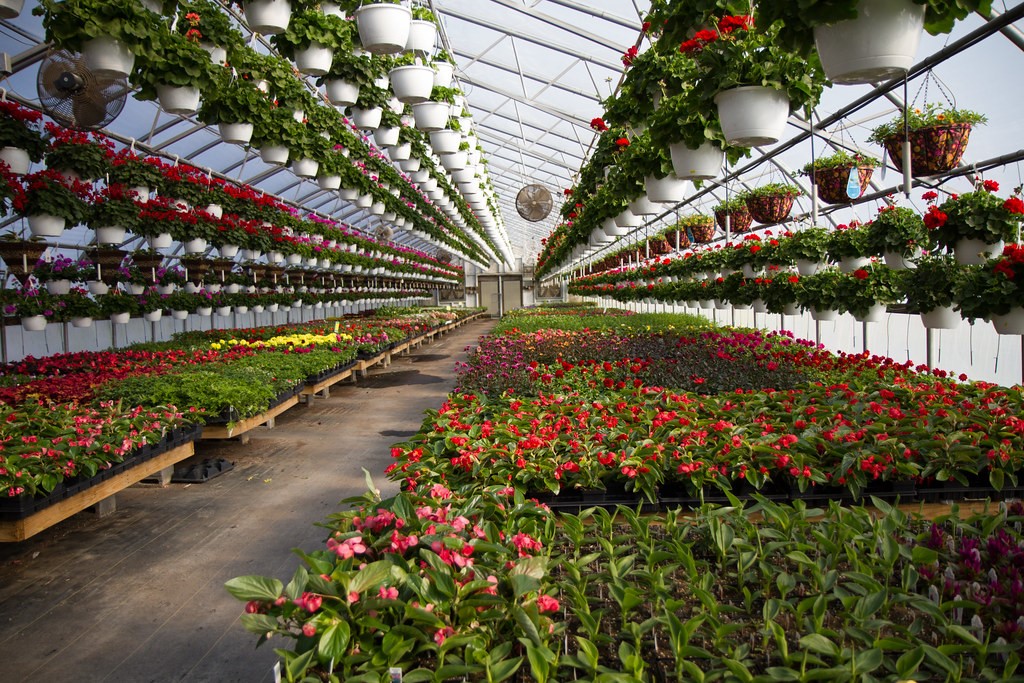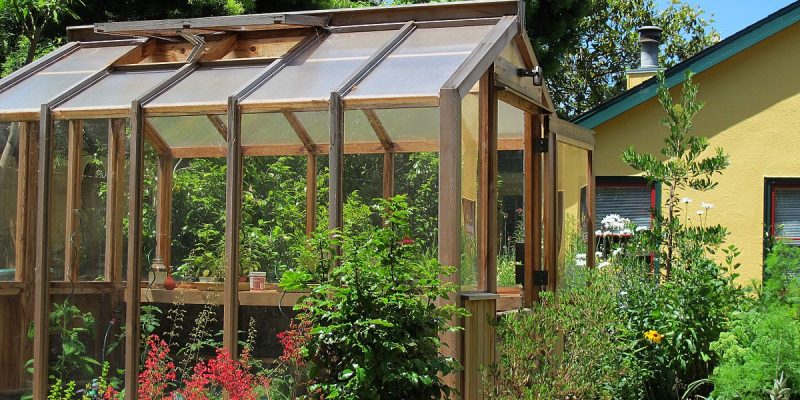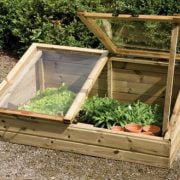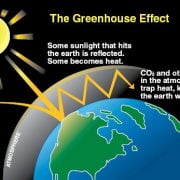When you think about it, the name “greenhouse” is kind of odd. It is not green at all! So, what does that word mean when we use it to describe this type of building? The term greenhouse has been used for centuries, you may not know this, but greenhouses date all the way back to ancient romans.
If you are wondering why, they are called a “greenhouse,” it is because they were originally built out of glass panes that let in natural sunlight so plants could grow.
These greenhouses helped extend the growing season for crops and provided warmth from the sun during winter months. In this blog post, we will explore the history of greenhouses, and see how they have been used over time.
What Is a Greenhouse and What Does It Do?
A greenhouse is a structure that houses plants and crops with the intention of protecting them from harsh weather. Greenhouses are often used to produce fruits, vegetables, flowers, or other plants due to their ability to extend growing seasons in colder climates by providing warmth for the kept plant life during winter months. They also act as an ideal setting for anyone interested in the cultivation of plants or flowers.
A greenhouse also draws on the natural power of sunlight to help keep its occupants warm and healthy throughout winter months, as well as providing a source of light for crops and other flora being grown inside it during these same periods. Greenhouses are usually made out glass because this material allows sun rays through without heating up the interior and is also a material that can help keep out rain, wind, or other types of weather.
Greenhouses are often used by gardeners to extend their growing season in colder climates as well as for anyone interested in cultivating plants or flowers with more natural sun light than they might get outdoors. A greenhouse usually has several layers of glass panels that act as insulation while also letting in the natural power of sunlight.
The History of The Word “Greenhouse”

The history of greenhouses dates back centuries ago when ancient Romans first used them for cultivating exotically fragrant flowers like tuberose, jasmine, and other plants that loved moist tropical climates.
The word “greenhouse” is derived from the Dutch words “groen huys,” which translates to mean “green house.” The term was first used in 1650 and referred to a building where plants were grown during winter through use of artificial heat. These greenhouses became popular with wealthy families in Europe because they could grow rare, exotic plants all year-round.
The first greenhouse in North America was built by the James Hutton Institute near Toronto in 1881 to study how agriculture could be improved through use of a controlled environment. In addition to studying plant growth and development, these greenhouses were used for research on seed germination and pest control methods.
Greenhouses were also used for the propagation of plants, and they became a lucrative business in Europe. The increased trade with North America led to more greenhouses being built here as well. By 1880 there were at least 50 greenhouses north of Washington D.C., where winters are colder than most places on the continent. Today, these greenhouses are an important part of the agricultural world, providing a way to grow produce year-round.
Why Is a Greenhouse Called a Greenhouse?
A greenhouse is called a “greenhouse” because it is designed to keep growing plants in the environment that they need for optimal growth. The word “Greenhouse” may also be used as an adjective, meaning both green and homey like how you might describe your favorite sitting room.
The first thing many people think about when they hear the word “greenhouse” is a structure with windows to let in sunlight and heat, plus ventilation systems. This design helps plants grow better because it is an environment like their natural habitat.
Why Greenhouses Are Important – How They Can Help Plants Grow Better, Provide Shelter from Extreme Weather, And Produce Fresh Food Year-Round?
Greenhouses are important for many reasons. They can help plants grow better because they provide an optimal environment for them to do so. Greenhouses also serve as a protective shelter from extreme weather, such as in the winter when cold temperatures freeze much of our land and crops outside. And greenhouses allow food to be grown year-round––an especially important advantage in places like Alaska, where the growing season is short.Please see greenhouse suppliers here for all sorts of different greenhouse kits you can put together in your backyard.
Greenhouses In Popular Culture
Greenhouses are important to many areas of our lives today. They provide a safe space for people who have allergies or sensitive skin, and they also serve as tourist attractions in the winter when there is little else to do outside (think holiday lights!).
More importantly, though, greenhouses produce fresh food year-round by eliminating the need for plants to be grown outside. This makes them a necessity in areas of the world where food cannot be produced during certain months because it is too hot or cold to do so.
This helps eliminate the need for produce being imported from other countries or states that might not have a similar climate. Greenhouses also provide shelter against extreme weather conditions by providing a controlled environment for plants.
They also provide shelter against extreme weather conditions by providing a controlled environment for plants.
Conclusion
With the history of greenhouses explained, you now know why they are called a “Green House”. if want to learn more interesting facts about how to use a greenhouse for beginner make sure to comments below!










Comments